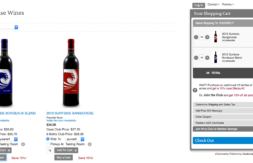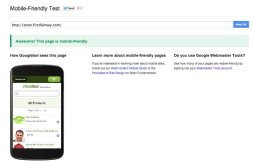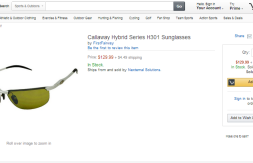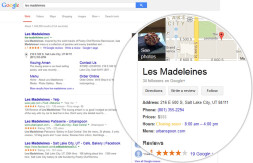A Merchant’s Guide to Becoming a Content Curator

Content Curation is a collection of information, images, websites, links, and facts that potential customers can easily access to learn about a particular topic. The primary objective/goal of content curation is to engage prospective customers without actually advertising or reaching out to them.
Merchants can use content curation as a marketing activity to establish credibility, recognition and as a marketing tool to help prospective customers find and learn about the products they offer. Which of these two merchants would you rather buy from: Merchant A who simply has advertisements promoting their products on the web, or Merchant B who has advertisements but also provides a wide range of information, suggestions, and resources about how and where their products are being used. Of course it would be Merchant B! The second merchant displayed genuine interest in creating better customer experiences through educating their customers. They did this through creating and curating content about their products.
Here is a merchant’s guide to becoming a content curator:
1. The first step in the content curation process, is to start by finding relevant, fresh, and in-demand topics centered around your product line and business. Here are three resources for finding current topics of interest:
- Google Trends is a great place to find the keywords and topics people are presently using to search for product information . Enter a keyword or product like “skis” into the search box then click on “Rising”
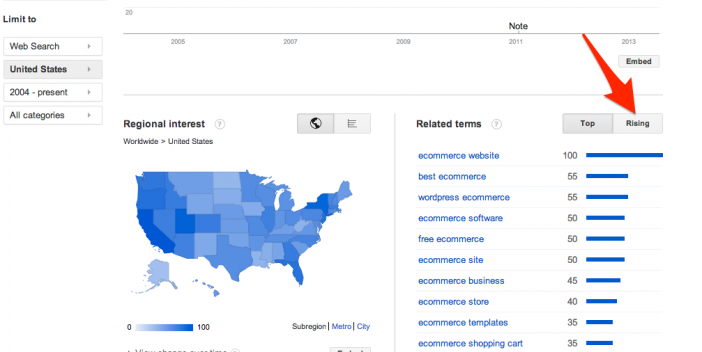
- Google News – can also help merchants find current articles, blog posts, and news on the topics, keywords and phrases merchants have gathered through Google Trends.
- Twitter Search – can display the times, locations, and people who are interacting with your products. Merchants can use this information to share content at specific times when their ideal customers are active on social media.
2. Next, collect data about the topics and keywords you’ve found and put that data into a concise shareable format. There are 4 major formats for sharing content:
- Video – video marketing is essential to engaging customers. Short video introductions, demonstrations, and testimonials are types of video content.
- Company Blog – FAQ’s, Guidelines, and How To’s are well suited for company blogs as they will normally apply to numerous customers and clients.
- Infographic – are great for visually displaying Product Statistics and other numerical FAQ’s centered around customer or demographic usage.
- Podcast + Webinars – are ideal for sharing educational content that will demonstrate a product or services use and teach a customer about the benefits it provides.
3. Finally, select the best channel(s) on which to share your content.
- As we all know YouTube, Tumblr, and Instagram are King when it comes to video sharing.
- Pinterest is a great content curation tool that can easily be used to share any relevant images, topics, or advice centered around your products.
- Twitter is ideal for sharing blog posts, white papers, or links to podcasts and webinars.
Remember, content curation is not always about generating new content in a different format. Finding and sharing content that already existing can be just as effective to establishing credibility and trust with customers.



